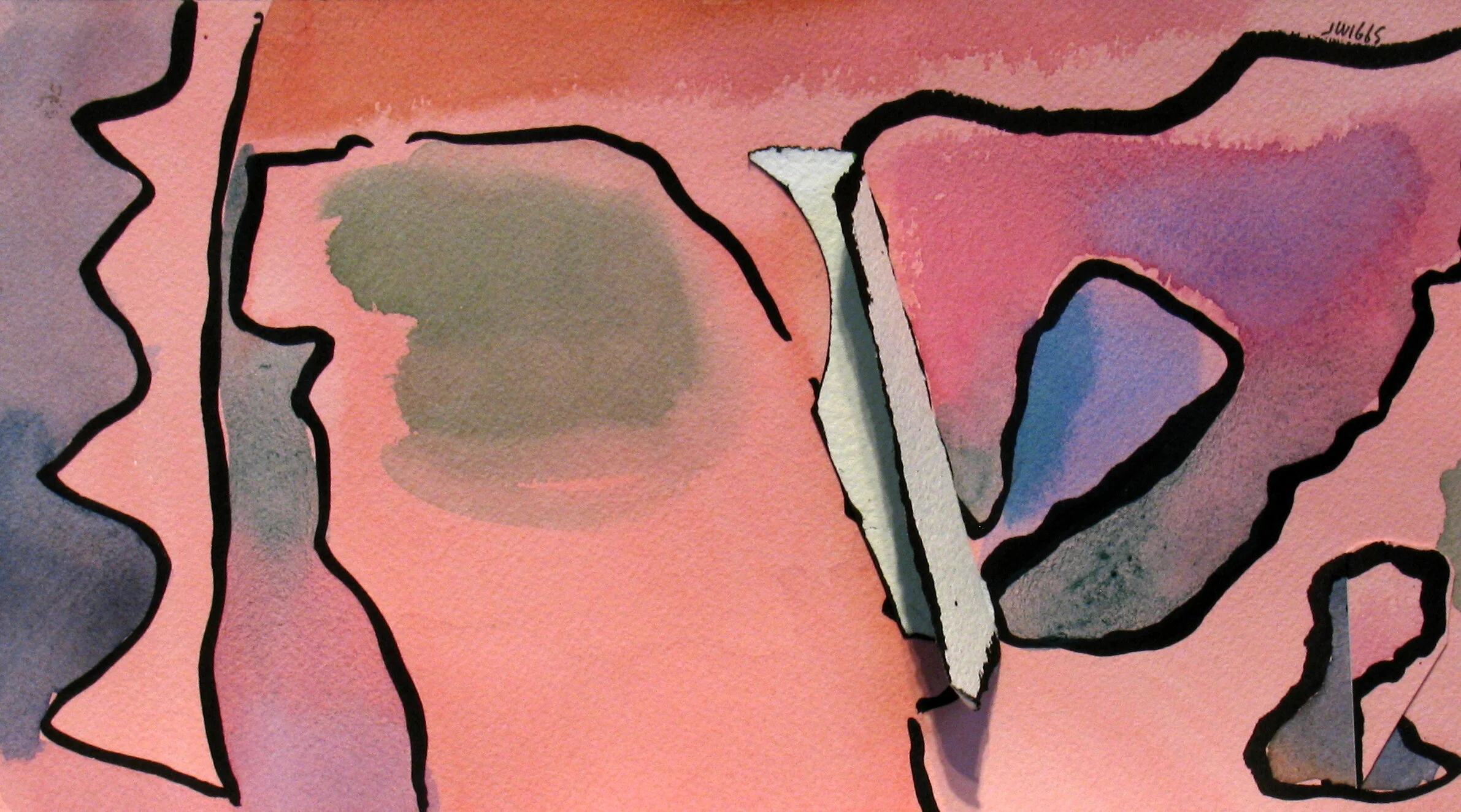Can’t you just smoosh paint around on a surface and arrive at art? That seems to be a good question. For a beginner, who hasn’t really mastered any understanding of the dynamic field, the answer is both yes and no. Will you recognize a great passage if one appears on your canvas or paper? Maybe. And what will you do with the rest? Yes, you might stumble upon some great passage, but maybe the rest of it is shit. Even in the most abstract work by William de Kooning , or Diebenkorn, we see structure, hierarchy, substance, order, risk.
We need both accident and intention. You’re better off trying to paint something like a still-life, or a landscape, where you can learn all the rules of the surface. This process teaches you how the surface works, how to create space, how seeing works.
What is meaningful for you will emerge over time. It takes time to make great art.
Below, watercolor and paper collage.



